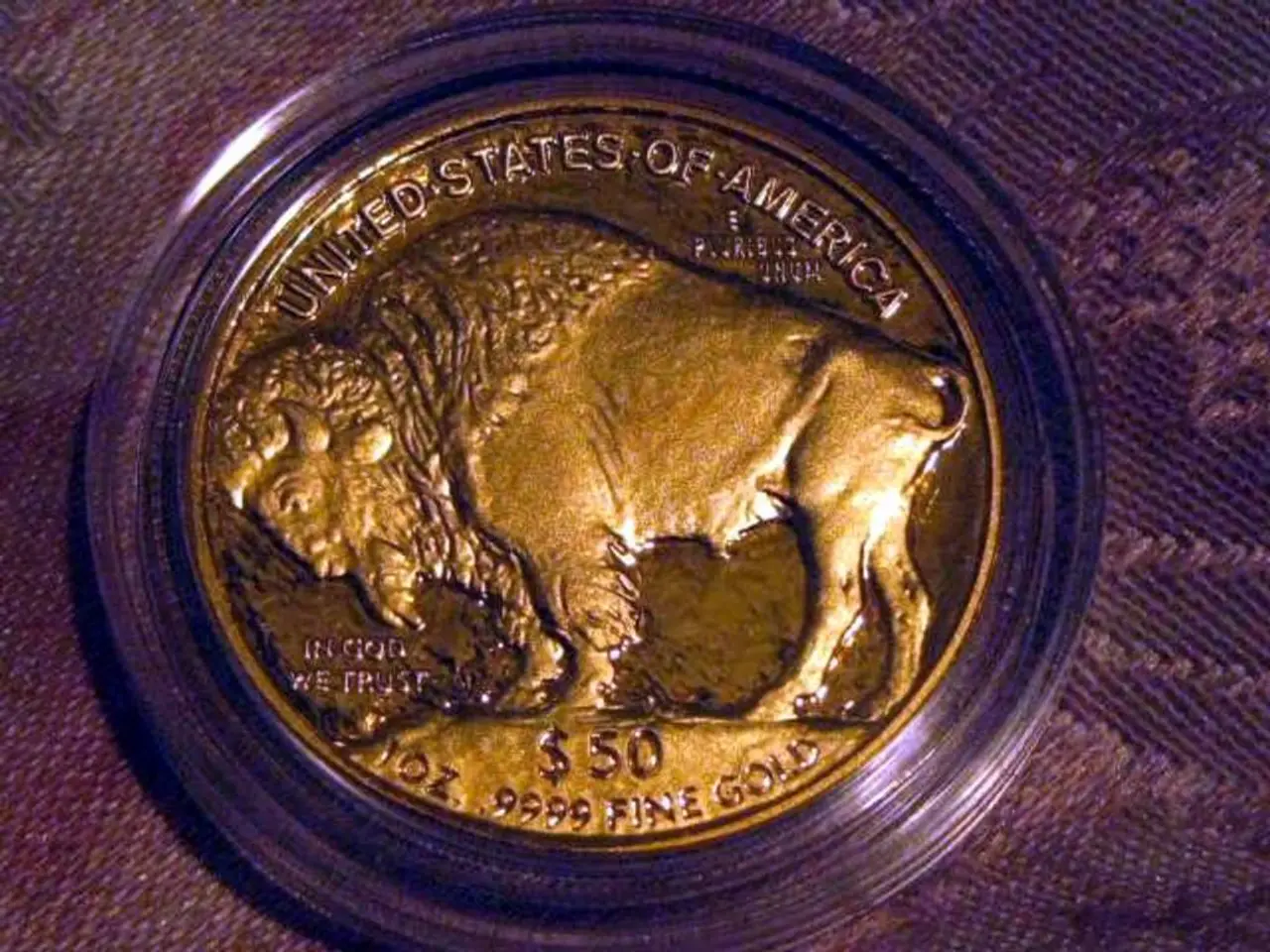Economic indicators raise questions about the stability of the U.S. dollar.
In the world of global finance, the US dollar has long held a dominant position. However, recent trends suggest a reassessment of this dominance, with various alternatives gaining traction.
Christopher Smart, managing partner of Arbroath Group, views digital assets as a geopolitical risk accelerant, intersecting with political populism and weakening trust in institutions, particularly in the US. Digital assets, including central bank digital currencies (CBDCs), are promising for reducing dependence on the dollar in cross-border payments. Central banks are actively exploring these technologies, aiming to modernize international payments systems and challenge the dollar’s hegemony.
The euro stands as the second-most used global reserve currency, benefiting from the EU’s large economy and strong institutions. However, its potential to replace the dollar is limited by structural issues such as the lack of a unified treasury and a common European bond market.
The Chinese renminbi has grown in global foreign exchange reserves and gained some acceptance since its inclusion in the IMF’s Special Drawing Rights (SDR) basket in 2016. Nevertheless, geopolitical tensions, capital controls, limited convertibility, and questions about transparency constrain its rise as a neutral global reserve currency.
Gold remains a traditional safe haven asset and is increasingly used by central banks to hedge against economic and geopolitical instability. While it cannot serve as a direct currency replacement, gold complements reserve diversification strategies and preserves value during times of uncertainty.
Japan’s yen plays a relatively smaller role as a contender in recent analyses, with more emphasis placed on the euro and renminbi as alternative reserve currencies.
The focus is shifting towards alternatives to the dollar, but this doesn’t mean abandoning the dollar. Instead, it's about managing the risks around it more deliberately and being prepared for what might come next. The dollar still leads, but the world is no longer following without question.
The OMFIF Bulletin brings together perspectives on the reassessment of allocation strategies due to trends driving a reassessment of the dollar’s dominance in global finance. Each alternative has strengths but also significant limitations that currently prevent it from fully replacing the dollar.
In summary, digital assets and the euro appear as the most credible alternatives among those mentioned, but none yet match the liquidity, stability, and global trust that the US dollar commands. Gold plays a complementary role rather than being a true substitute. The future global monetary order may involve multi-currency or multi-polar currency hubs, where no single currency dominates completely but several co-exist as reserve and transaction currencies.
References:
[1] OMFIF (2021). The Future of the Dollar: Challenges and Opportunities for Reserve Management. [Online] Available at: https://www.omfif.org/publications/the-future-of-the-dollar-challenges-and-opportunities-for-reserve-management/
[2] BIS (2020). Eighteenth Annual Report on the Evolution of the International Monetary System. [Online] Available at: https://www.bis.org/publ/rpfx18.htm
[3] ECB (2021). The digital euro: opportunities, challenges and design choices. [Online] Available at: https://www.ecb.europa.eu/pub/pdf/other/digital-euro-opportunities-challenges-design-choices-202105.en.pdf
[4] IMF (2019). The Future of the International Monetary System: A New Framework for Stability and Growth. [Online] Available at: https://www.imf.org/en/Publications/WP/Issues/2019/01/01/The-Future-of-the-International-Monetary-System-A-New-Framework-for-Stability-and-Growth-47491
- The dominance of the US dollar in global finance is being reassessed, with digital assets viewed as a risk accelerant by Christopher Smart, managing partner of Arbroath Group, and promising for reducing dependence on the dollar in cross-border payments.
- Central banks are actively exploring digital assets, aiming to modernize international payments systems and challenge the dollar’s hegemony, as suggested in the OMFIF Bulletin.
- The euro stands as the second-most used global reserve currency, but its potential to replace the dollar is limited by structural issues such as the lack of a unified treasury and a common European bond market.
- The Chinese renminbi has grown in global foreign exchange reserves and has some acceptance, but geopolitical tensions, capital controls, limited convertibility, and questions about transparency constrain its rise as a neutral global reserve currency.
- Gold remains a traditional safe haven asset, increasingly used by central banks to hedge against economic and geopolitical instability; however, it cannot serve as a direct currency replacement.
- The yen plays a relatively smaller role as a contender in recent analyses compared to the euro and renminbi as alternative reserve currencies.
- The focus is shifting towards alternatives to the dollar, but the dollar still leads, and the world is no longer following without question. This shift calls for a more deliberate management of risks and preparation for a future global monetary order involving multi-currency or multi-polar currency hubs, as suggested in the IMF's "The Future of the International Monetary System: A New Framework for Stability and Growth." (References: [1], [2], [3], [4])




